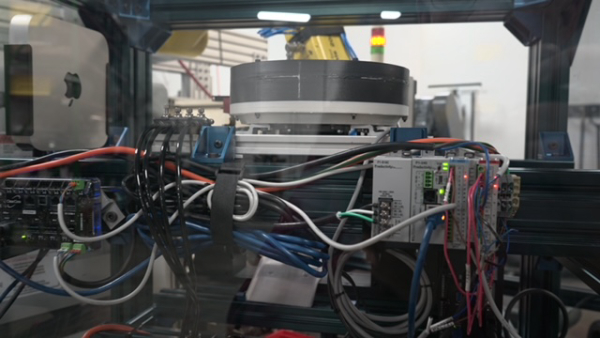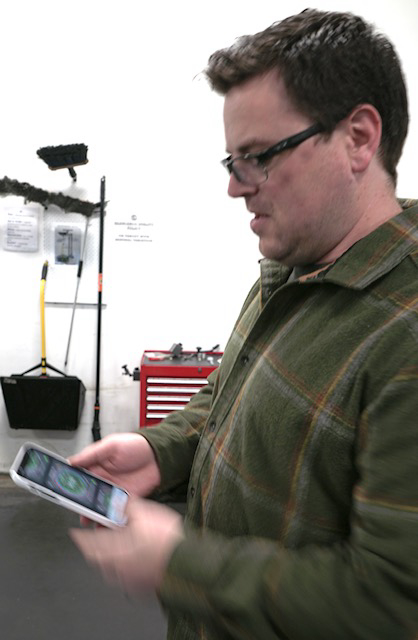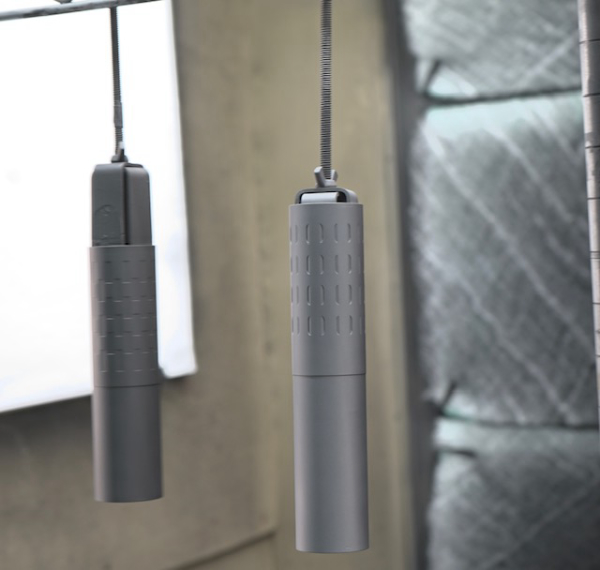Over the course of years, I’ve become acquainted with a number of companies.
They’ve come in all sizes, industries and stages of development.
The ones that have consistently piqued my interest are the ones with an actual corporate philosophy. In today’s business parlance, virtually all of them have defined goals, responsive operating structures and an almost preternatural ability to “stay in their lane.”
Others seem to careen through their corporate lives. How they progress, fumble and overcome mistakes during their various stages of development determine whether they reach the point of being considered a mature company.
For me, those mature companies have reached stability, i.e., well-established products and solid brand recognition, employees with the enthusiasm and support necessary to keep mature products evolving and new ones in development, and a supportive management team that knows how to manage a mature company. It’s an entirely different style from the development stage where the single word that defines their goals is “growth.”
Making it to maturity a noteworthy achievement.
Not all companies make it. Some are held back by a variety of variables: too-much debt during rampant growth, a loss of innovators due to financial stress, or the failure of a management team to evolve with the company. As one entrepreneur once described it: “maturity is learning that you’re no longer running your company; it’s running you. If you don’t pivot and bring in capable managers, you’re in trouble. You have to realize that where you once were the solution, you’re now the problem. If you don’t evolve, you risk losing - everything.”
Mature companies have sufficient resources to enable them to pivot toward opportunities. They can come to market with innovative projects without management having to take their figurative eye off the big-picture context. They have capable managers and let them manage. They have the resources to keep their innovators innovating. Creatives still thrive in such a positive environment. Everyone wins -unless they’re unwilling to evolve.
This week, I’ve been in Utah visiting Silencerco. Since its beginning in 2008, Silencerco has been a major driver in the suppressor industry. Their products were, essentially, all I knew about the company or their culture. So when I was invited to come learn about them, I agreed.
What I discovered was a company that has matured. Not only is it financially stable (and in a cash positive position), it has a recognized, highly-regarded product line that continues to evolve, along with proven expertise at creating new products. Even more unusual, Silencerco has maintained an environment that stresses the importance of two things: people and efficient creativity.


But to founder and CEO Jonathon Shults, Silencerco may be mature, but is still a relatively new company- when measured by his goal. His goal isn’t building a successful company according to the short measurement standards used today, although he readily admits Silencerco has grown to that definition of a mature company.
His goal, as he explained it to me, is simple: “building a 100-year company.”
He’s quick to express that goal, and equally quick to point out some mistakes that keep other companies from reaching that success.
Some, he candidly admits, we made -some repeatedly- at Silencerco. Mistakes large enough that in 2018 there were genuine concerns that the company could keep going.
“We got ahead of ourselves,” he admitted, “we bought machines we shouldn’t have; piled on debt. We were too-busy just growing to think about how to grow best -or to consider that growth wasn’t always going to happen. We were doubling year-over-year and didn’t think that would slow down.”
“But,” he said, “it did slow down. And our decisions made it very tough to dig ourselves out. But we did.”
The lessons he learned have stuck with him. Today, Shults says says Silencerco’s success comes from the fact that they invest in machines and people.
But Silencerco’s investment in automation and robotics tends to make the “investment in people” part almost counter-intuitive. Shults says that’s a misreading of the why in why robots?
The investments in robotics and computerized manufacturing equipment, Shults explains, are part of the company’s relentless pursuit of efficiencies. Software created in house enables workers and managers to see where machines are in the manufacturing process. They can quickly ascertain if the automated machines require human attention. Everyone operates more efficiently. That differs from many companies where automation is, essentially, a euphemism for fewer people and more machines.
“Robots aren’t here to replace humans,” Shults explained, “they’re here to do the jobs humans don’t want to do: to automate jobs that can produce repetitive motion injuries, to minimize materials, parts and tool handling and increase efficiencies, even decrease waste.”
To make his point, he showed me a single robotic station that had been designed and built completely in-house. It didn’t look all that impressive -but it eliminated waste and increased efficiencies that saved a half-million dollars in its first year in service.
Silencerco is very vertically integrated. Shults says that’s for a number of reasons.
First, it enables them to control all the manufacturing processes -and avoid the delays inherent with shipping product out-and back for outside processes. The reasoning behind that decision emphasizes the focus on turning the company begun in a garage into a 100-year old one.

Earlier in the company’s history, an manufacturing issue with an order was threatening a promised delivery date.
“That wasn’t acceptable to me,” he said, “not delivering our product by our promised delivery date was bad. Keeping our word is important. If we did things the way we had always done them we’d miss on-time delivery. So, we brought the missing process in house, did the work ourselves, and made our promised delivery date-with perfect product.”
“Time, he told me, “isn’t money. Time is time- and it’s more valuable than money. So we invest in things that save time and make our people more efficient. If we invest in those things, we’ll keep being successful.”
There are a lot of business lessons there.
—-
Speaking of business, a bit of internal business to announce. I’m pleased to tell you we’re expanding our crew. Over the years you’ve read features from Paul Erhardt. You’ll be reading more of them going forward, because Paul’s joining the Outdoor Wire Digital Network as our Managing Editor. It’s a new position for us -and him - but reflects our commitment to continue our growth and maturing as a business.
We’re making other changes going forward this year, all part of keeping our twenty-year plus promise to you:
We’ll keep you posted.
— Jim Shepherd